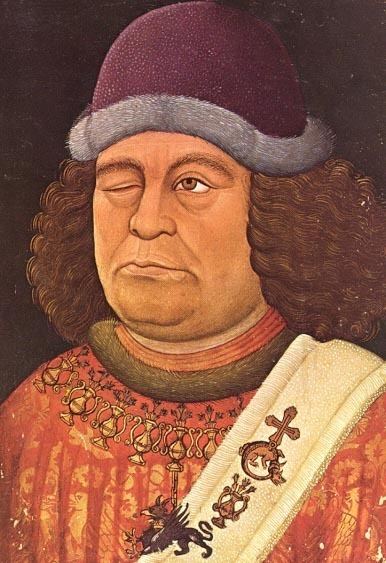 | ||
Lied ( [liːt]; plural Lieder [ˈliːdɐ]; German for "song") originally denoted in classical music the setting of German poems to music, beginning in the late-fourteenth or early fifteenth centuries. It later came especially to refer to settings of Romantic poetry during the late eighteenth and nineteenth centuries. Examples include settings by Ludwig van Beethoven and Franz Schubert. Among English speakers, however, "Lied" is often used interchangeably with "art song" to encompass works that the tradition has inspired in other languages. The poems that have been made into Lieder often center on pastoral themes or themes of romantic love.
Contents
Examples
Typically, Lieder are arranged for a single singer and piano, the Lied with orchestral accompaniment being a later development. Some of the most famous examples of Lieder are Schubert's "Der Tod und das Mädchen" ("Death and the Maiden"), "Gretchen am Spinnrade", and "Der Doppelgänger". Sometimes Lieder are gathered in a Liederkreis or "song cycle", a series of songs (generally three or more) tied by a single narrative or theme, such as Schubert's Die schöne Müllerin and Winterreise, or Robert Schumann's Frauenliebe und -leben and Dichterliebe. Schubert and Schumann are most closely associated with this genre, mainly developed in the Romantic era (Deaville 2004, 143).
History
For German-speakers, the term "Lied" has a long history ranging from twelfth-century troubadour songs (Minnesang) via folk songs (Volkslieder) and church hymns (Kirchenlieder) to twentieth-century workers' songs (Arbeiterlieder) or protest songs (Kabarettlieder, Protestlieder).
The word Lied for "song" first came into general use in German during the early fifteenth century, largely displacing the earlier word Gesang. The poet and composer Oswald von Wolkenstein is sometimes claimed as the creator of the Lied, because of his innovations in combining words and music (Orrey and Warrack 2002). The late-fourteenth-century composer known as the Monk of Salzburg wrote six two-part Lieder which are older still, but Oswald's songs (about half of which actually borrow their music from other composers) far surpass the Monk in both number (about 120 Lieder) and quality (Böker-Heil, et al. 2011).
In Germany, the great age of song came in the nineteenth century. German and Austrian composers had written music for voice with keyboard before this time, but it was with the flowering of German literature in the Classical and Romantic eras that composers found inspiration in poetry that sparked the genre known as the Lied. The beginnings of this tradition are seen in the songs of Mozart and Beethoven, but it was with Schubert that a new balance was found between words and music, a new absorption into the music of the sense of the words. Schubert wrote over 600 songs, some of them in sequences or song cycles that relate an adventure of the soul rather than the body. The tradition was continued by Schumann, Brahms, and Hugo Wolf, and on into the 20th century by Strauss, Mahler, and Pfitzner. Partisans of atonal music, such as Arnold Schoenberg (Gramit 2004, 311) and Anton Webern, composed Lieder in their own style.
Other national traditions
The Lied tradition is closely linked with the Germanic languages, but there are parallels elsewhere, notably in France, with the mélodies of such composers as Berlioz, Fauré, Debussy, and Francis Poulenc, and in Russia, with the songs of Mussorgsky and Rachmaninoff in particular. England too had a flowering of song, more closely associated, however, with folk songs than with art songs, as represented by Vaughan Williams, Benjamin Britten, Ivor Gurney, and Gerald Finzi.
At the end of the 19th century and during the 20th century, classical Lieder produced in the Netherlands were usually composed in several languages. Alphons Diepenbrock and Henk Badings composed Dutch, German, English, and French songs, as well as songs in Latin for choirs.
